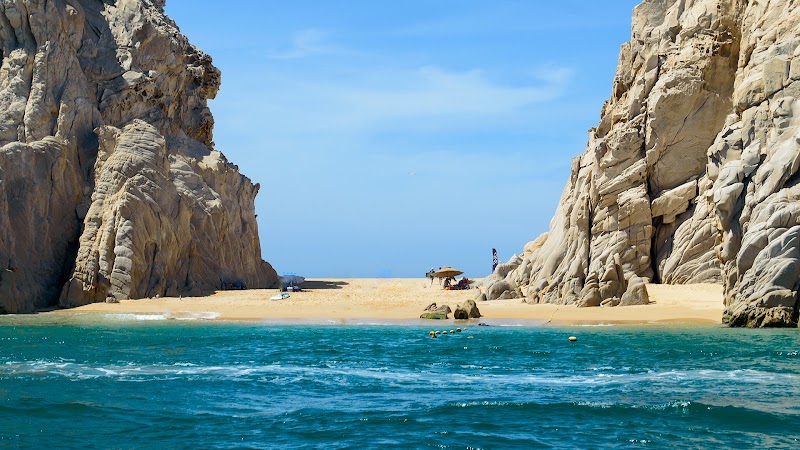
Festival Cultural Mazatlán invites visitors into a lively crossroad of traditional and contemporary Mexican art, music, and dance. This cultural event transforms Mazatlán’s streets and theaters into an immersive celebration of Sinaloa’s heritage, perfect for travelers eager to mix spirited exploration with practical planning.
Book Theater Tickets in Advance
Popular performances fill up quickly; secure your seats ahead to avoid missing headline shows.
Wear Comfortable Shoes
Festival venues spread across Mazatlán’s Centro Histórico and Malecón, requiring plenty of walking on cobblestones and paved streets.
Stay Hydrated
Late summer humidity means you’ll sweat more; carry water with you to stay refreshed during daytime events.
Plan Downtime Between Events
Allow time to explore Mazatlán’s local markets, beaches, or historic sites to avoid festival burnout.
Festival Cultural Mazatlán: An Immersive Celebration of Sinaloa’s Heritage
Mazatlán bursts to life each year with Festival Cultural Mazatlán, a vibrant event that stitches together the city’s rich past with its thriving artistic present. Visitors find themselves embraced by a whirlwind of performances, exhibitions, and gatherings that bring the streets, theaters, and plazas into dynamic conversation. This festival isn’t just entertainment; it’s a hands-on encounter with Sinaloa’s soul—where folklore rubs shoulders with contemporary art, and where music and dance dare you to keep pace.
Stretching over several weeks in late summer and early fall, Festival Cultural Mazatlán transforms the city into an interactive stage. From classical concerts that echo through historic theaters to outdoor folk dances shadowed by the Pacific breeze, every venue plays its part. The festival’s scheduling ensures something for everyone—whether your interests skew toward traditional banda music, cutting-edge theater, or visual arts that spotlight local artisans.
Planning your visit means setting your rhythm with the festival’s pulse. Arrive early to secure reservations at venues like Teatro Ángela Peralta, where seating fills quickly despite the city’s size. Many performances spill into open-air spaces, giving you fresh ocean air paired with cultural riches. Allow time between events to wander Mazatlán’s historic Centro Histórico. Here, colonial architecture frames vibrant cafes and galleries, giving your experience depth beyond the programmed acts.
The emotional charge of Festival Cultural Mazatlán isn’t just found onstage; it's in the pulse of the crowd, the scent of regional delicacies wafting from food stands, and the chance conversations that reveal local stories. For those wanting a practical edge, comfortable walking shoes are a must—the festival spreads across multiple neighborhoods that reward exploration on foot. Hydration is key given Mazatlán’s late summer humidity, so carrying a refillable water bottle makes sense.
Evenings hold a particular magic. As the sun dips westward, the interplay of fading daylight and the festival lights accentuates the city’s contours, from the malecon to the plazas buzzing with life. Keep your camera ready—moments like children learning traditional dances, or musicians lovingly tuning instruments, capture the beating heart of this deeply local celebration.
In all, Festival Cultural Mazatlán offers a chance to engage with Mexico’s rich cultural heritage in a setting fiercely itself—bustling, colorful, and authentic. To enjoy it fully takes a bit of planning, respect for the schedules, and a willingness to embrace the unexpected. But the payoff is a journey where every step carries a promise of discovery.
Nearby Trips
All Adventures
Boat Charters
Water Activities
Adventures near Mazatlán, Sinaloa
Discover the unique and memorable adventures that make Mazatlán, Sinaloa special.
Frequently Asked Questions
Where are the main venues for Festival Cultural Mazatlán?
Primary venues include Teatro Ángela Peralta, Plazuela Machado, and various public plazas along the malecón. Events are spread across downtown and beachfront locations, so planning your route is helpful.
Is the festival family-friendly?
Yes, many performances and workshops welcome all ages. Outdoor events often include interactive elements for children, making it accessible for family visits.
What local foods should I try during the festival?
Street stalls and restaurants highlight regional specialties like pescado zarandeado (grilled fish), aguachile, and locally brewed craft beers. Sampling these adds a flavorful layer to your cultural experience.
Are events free or ticketed?
The festival offers a mix of free outdoor performances and ticketed indoor shows. Check the official schedule for specific event details to budget accordingly.
What wildlife might I encounter in Mazatlán during the festival?
While mostly urban, nearby beach areas and parks sometimes reveal coastal birds like pelicans and frigatebirds. Local cats and iguanas are common sights in plazas.
How can I learn more about Sinaloa’s culture during the festival?
In addition to performances, the festival features art exhibitions, craft markets, and talks centered on the state’s history and indigenous roots, offering a broader cultural context.
Recommended Gear
Comfortable Walking Shoes
Supportive shoes handle cobbled streets and long periods on your feet without fatigue.
Refillable Water Bottle
Staying hydrated in Mazatlán’s warm and humid climate is crucial between events.
Lightweight Rain Jacket
Be ready for typical short rain showers in late summer and early fall.
Camera or Smartphone with Good Battery Life
Capture the festival’s colorful performances and historic architecture that define Mazatlán.
Local Insights
Hidden Gems
- "Mirador de la nevería — a lesser-known hilltop viewpoint overlooking the Pacific and historic cityscape."
- "Puente Sánchez Taboada — an old iron bridge with rich stories, perfect for quiet reflection."
Wildlife
- "Coastal birds like brown pelicans and royal terns"
- "Urban iguanas basking on sunlit stone walls"
History
"Mazatlán once thrived as a 19th-century trade port with strong influences from indigenous peoples, Spanish colonizers, and settlers from other parts of Mexico, which the festival openly celebrates through its programming."
